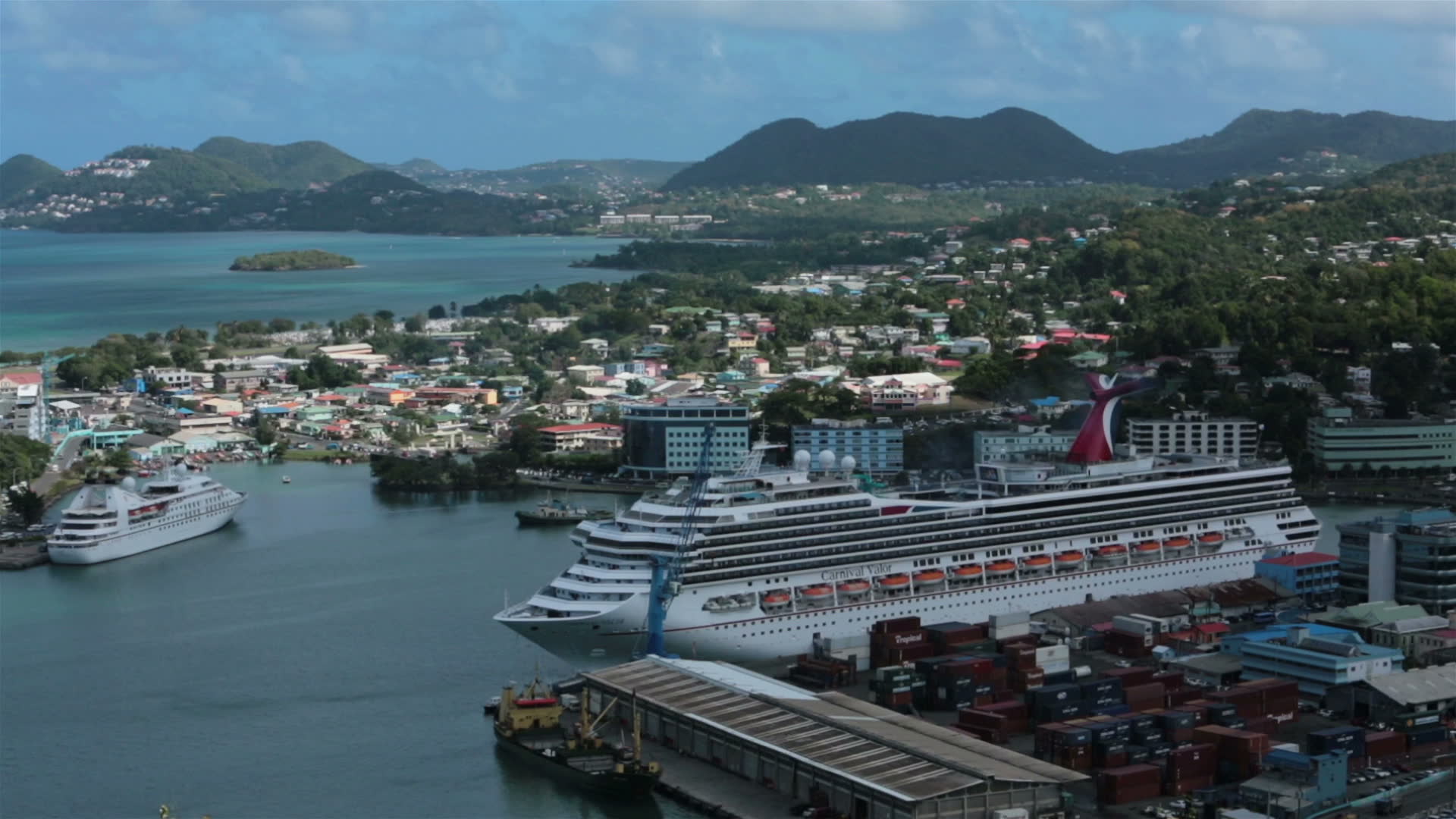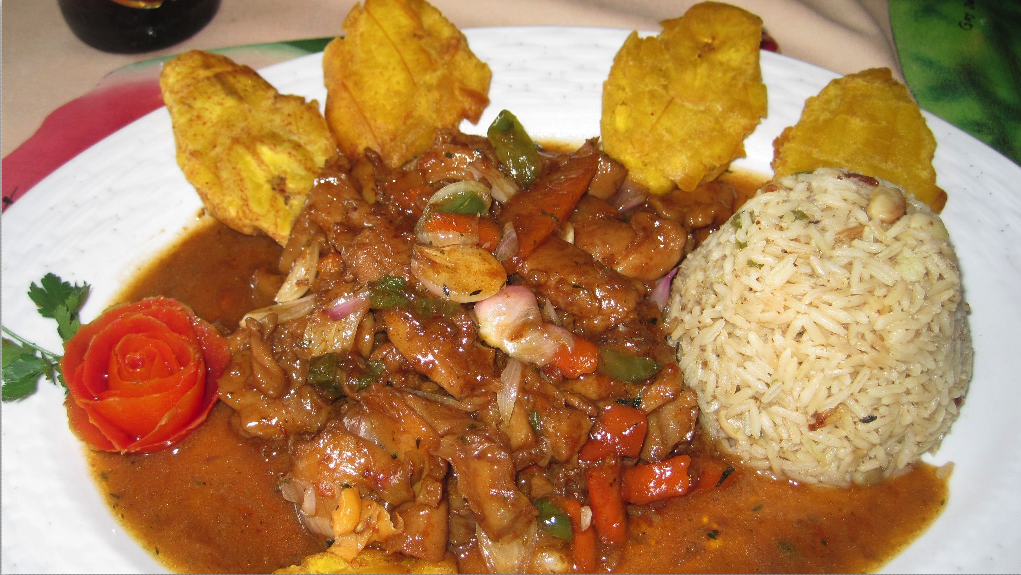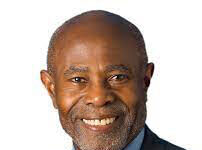
By NAN Contributor
News Americas, NEW YORK, NY, Fri. Feb. 10, 2017: The Donald Trump administration’s increasingly protectionist pronouncements and draconian immigration rules could also impact Caribbean tourism this year, officials hinted Thursday.
As the Caribbean Tourism Organization, (CTO), touted strong US arrival numbers for 2016, officials admitted that the election of a new Republican administration in the United States raises the level of global uncertainty, which could impact the performance of the Caribbean tourism sector in 2017 and beyond.
While tourist arrivals to the Caribbean increased by 4.2 per cent in 2016 – better than the 3.9 per cent overall internationally – Ryan Skeete, acting Director of Research at the CTO, said Thursday that the outlook for 2017 will be far less.
Skeete forecasts that tourist arrivals to the Caribbean region may only reach between 2.5 and 3.5 percent this year.
Some experts say Trump’s moves to tighten US immigration and border control could hamper the number of international visitors who intransist in the US on their way to the Caribbean, forcing the region’s tourism numbers down.
Others say US carriers emboldened by Trump’s ‘America First’ mantra could push him to eliminate the competition pouring in from other international carriers. This would intern drive up airline tickets making it more expensive for Americans to fly to the Caribbean.
This could severely hamper the economies of many Caribbean nations whose Gross Domestic Product and employment rates are more and more largely dependent on tourism flows from the US.
Still the Caribbean region is betting on cruise tourism. CTO’s Secretary General Hugh Riley on Thursday said the forecast is for increases of between 1.5 per cent and 2.5 per cent in cruise passenger arrivals this year. That’s a projected spike up from 1.3 percent or 26.3 million, in 2016.
“So all things being equal we’re expecting growth in 2017,” he said, but admitted: “…it will not be robust.”
This past year, over 14.6 million U.S. nationals visited the region, 3.5 percent more than 2015. The increase was attributed to solid economic growth, low unemployment rate and high consumer confidence in the US. And overall, total visitor expenditure was estimated to have increased by approximately 3.5 percent to US$35.5 billion last year.








